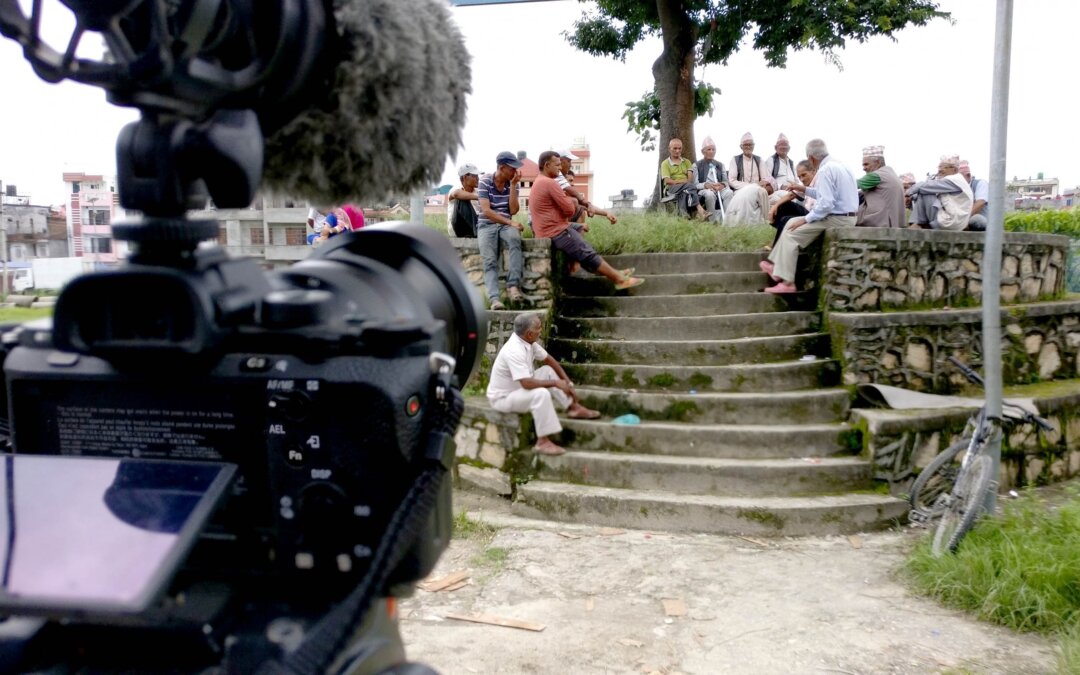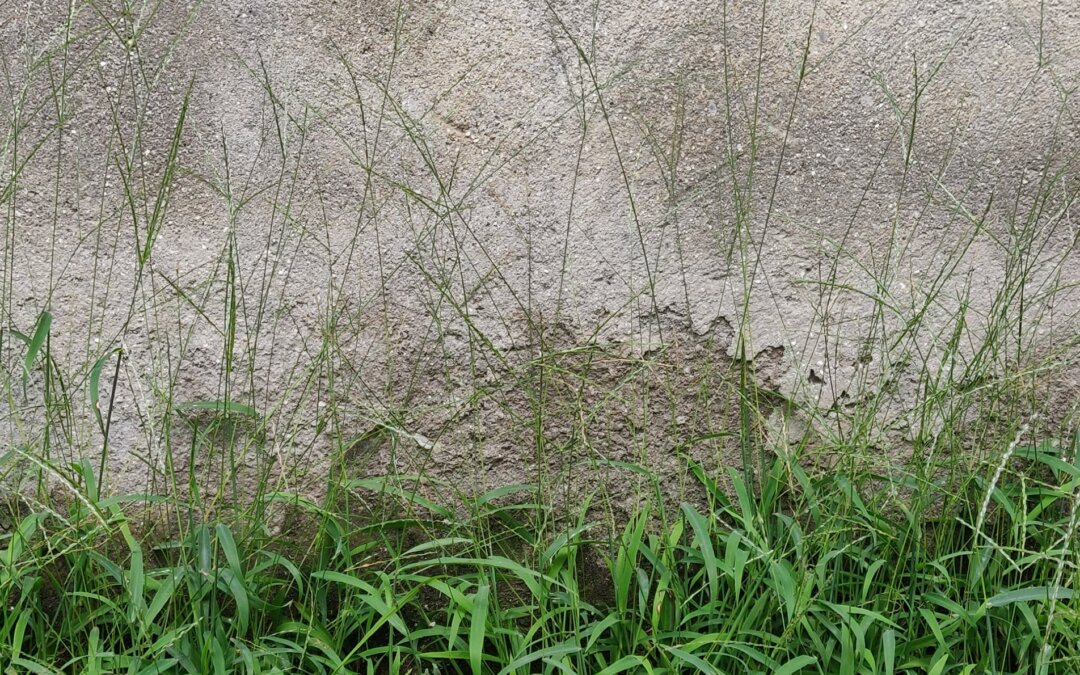What is a food forest and why it is important to incorporate it in cities?
“When you transform a property into a lighthouse of nutrition, you have now created the greatest asset in the community out of the greatest liability.”
-Mario Cambardella
Humans have struggled to live in harmony with nature since the time of our existence. The problems might have changed but the conflict remains the same. As we have grown out of the jungles to cities the complexity of social construct has made us more and more alienated with nature. To change this narrative, introducing food forest in urban designed parks and public spaces could help us showcase the co-dependent relationship between nature and us. This can pave a path to reconnect the civil society with the Gaia.
So what is a food forest?
As many of us know a forest, a forest comprises of different species of plants, animals and microorganisms growing and nurturing each other to create a diversified ecosystem which supports itself. This has been designed by nature, a system of balance and harmony. With this understanding we can observe the patterns of the nature to design a forest which can produce edible foods. The majority of the elements in this forest system being productive. This is the basic idea behind food forest.
A natural forest is the blueprint for our food forest. By learning to work with the nature’s designs, we can manipulate or create a self-maintaining, self-replicating sustainable food producing systems which will give high output with less input in long-term and permanent situations. Food forest can be applied from a small house garden to acres and acres of land which gives it a sheer advantage to be one of the best techniques to fight hunger, climate change, desertification and be a bridge to bring nature back to the cities in a productive manner.
Food forest follows permaculture and regenerative design principles which help us to recognize and articulate the patterns that exist in the nature and use it in our advantage. An on-the-ground, physical food forest mimics the spatial and functional patterns of a naturally occurring forest ecosystem. If we observe a natural forest it consists of different layers of plants. These layers are:
- We start with a canopy layer; this is the top of the forest.
- Then you have an understory layer,
- then you get bushes and shrubs layer.
- Under that, there’s herbaceous layer which are non-woody plants.
- We have different types of root layers which gives a lot of starch to the microbes
- Then we have a ground cover which disappears as the forest grows thicker because of less sunlight
- We find different types of vertical climber plants as well in well-developed forest.
These are the layers that make up a natural forest. As we understand this pattern we can replace the different layers with productive plants which could be used to feed birds, microbes, humans and the environment. In all different climate zones these layers exist with some variation or another.
Why food forest is needed in cities?
Food is seen more of a commodity rather than a necessity in recent times. We have forgotten how or where does our food grows or comes from. With the busy schedules and lifestyle, food has become only a source of energy. But food is more than that. We become what we eat. Our food intake tells a lot about our health. In order to connect and rejuvenate our relation with food, we need food forest projects to be introduced in the cities.
A green space is not just “a little bit of nature” in the cityscape. Rather, it encompasses multifunctional systems that yield lasting payoffs such as leisure, health, and well-being; food production; habitat conservation; watershed management; urban canopy; and social interaction. Community food forests encourage people to think in terms of abundance and inspire neighborhoods to act on their own behalf. They promote a culture of sharing, stewardship, and nature-centered health and many more.
Personally, I feel food forests are more important in cities because of its multifaceted purpose. Green spaces in the cities can be a powerhouse of knowledge and information’s, which can help shape a better future as it can spark questions in the young and a perspective to the old. We need to approach system thinking through a holistic and adaptive framework to design such parks, which with the support of local government can do wonders for a city’s landscape and health of the people.
In a world with so many problems such as climate change, corruption, natural calamities, carbon footprint and more, being able to pick your own food from your community forest and enjoy the small nature around can be an enlightening experience. Food forest is a growing phenomenon around the world which has shown a social shift in different urban cities. By developing these spaces, people are stating that ecologically healthy green spaces and sustainable local food production are valued, especially in the face of urban population growth.
As a bio-permaculturist, I see a huge potential in developing ethically sound cities with the help of these food forests. But on its own, it is not enough to sustain. We need project leaders looking forward to help shape their community and its collective work. They need to use systems thinking as a framework when designing and implementing a community food forest. A necessary part of this is defining the values associated with local food so as to motivate community members to take part in civic activities. In this way, an array of stakeholders, including nonprofit organizations, academic institutions, local government, and community-based organizations, can help shape their community.
Working effectively with the physical attributes of a site while adequately serving a community in the design and management of a community food forest is no small task. It requires trade-offs between ecological design and meaningful community space. One cannot override the other, and because of this, systems thinking is both helpful and warranted. Food forest leaders must balance plantings and design at a given site with the activities and services people want in that particular place. And they must consider this balance in terms of system equilibrium when everything is calm as well as during times of change.
-Akash Shilpakar
References:
https://sustainableamerica.org/blog/the-rise-of-community-food-forests/
https://www.youtube.com/watch?v=hCJfSYZqZ0Y
https://www.smartcitiesdive.com/news/the-rise-of-urban-food-forests/557819/


